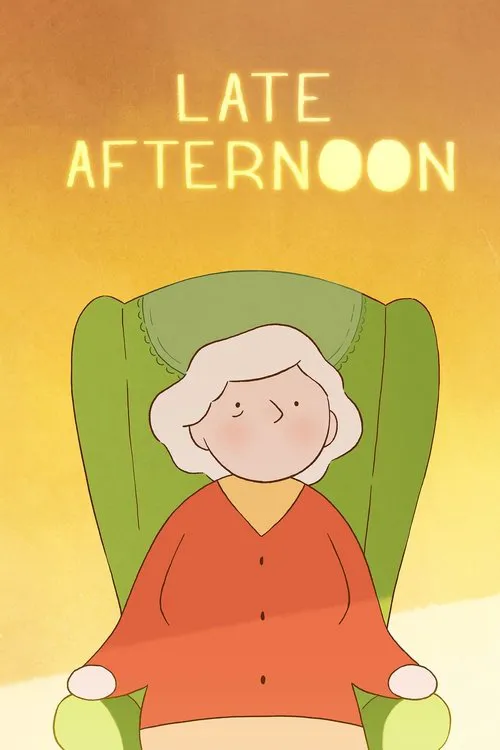Late Afternoon

Plot
Late Afternoon is a poignant and introspective drama that delves into the inner world of Emily, a woman struggling to find her place in the present. The film's narrative is a fluid, dreamlike exploration of Emily's memories, which serve as a catalyst for her growth and self-discovery. The story begins with Emily sitting alone on a beach, watching as others play and interact with one another. She appears disconnected, lost in thought, and detached from the world around her. This is not a woman who is fully present, and it becomes clear that she is grappling with the weight of her past. The film's use of long takes and intimate close-ups immerses the viewer in Emily's emotions, making it impossible not to feel empathy for her. As Emily navigates her memories, the film seamlessly transitions between different eras of her life. We see her as a child, playing on the beach, her eyes shining with the simple joys of childhood. We see her as a young woman, laughing and dancing with friends, her heart full of hope and possibility. And we see her as an older woman, her eyes reflecting a deep sadness and longing. Through these memories, we gain insight into Emily's past and the events that have led her to this place of disconnection. We see her struggles with relationships, her fear of intimacy, and her desire for connection. We see her parents, loving and flawed, who taught her to navigate the complexities of human relationships. And we see her own children, full of life and energy, who remind her of the importance of living in the present. As Emily's memories unfold, they take on a dreamlike quality, blurring the lines between reality and fantasy. Her past and present begin to intersect, and she starts to see the connections between her different selves. She begins to understand that her disconnection is not a failure, but a natural part of the human experience. One of the most striking aspects of Late Afternoon is its use of visual imagery. The film's cinematography is breathtaking, capturing the beauty of the natural world and the complexities of Emily's inner world. The camera lingers on the texture of the sand, the colors of the sky, and the contours of Emily's face. These images are not just beautiful; they are also imbued with meaning, serving as a metaphor for the complexities of human emotion. Through its use of non-linear storytelling, Late Afternoon creates a sense of fragmentation, mirroring Emily's disjointed sense of self. The film's structure is like a puzzle, with each piece slowly coming together to reveal a larger picture. As we watch Emily navigate her memories, we are forced to confront our own fragmented selves, and the ways in which our past experiences shape our present understanding of the world. Late Afternoon is a film about connection and disconnection, about the ways in which we navigate the complexities of human relationships. It is a film about the importance of embracing our past, not as a means of reliving it, but as a means of understanding ourselves in the present. Through its sensitive and nuanced portrait of Emily, the film reminds us that our lives are not linear, but rather a complex tapestry of moments, memories, and emotions. Ultimately, Late Afternoon is a film about hope and resilience. Emily's journey is not one of easy answers or quick fixes. Rather, it is a gradual unfolding of self-awareness, as she slowly begins to understand the interconnectedness of her past and present. As the film comes to a close, Emily is seen walking along the beach, her eyes lifted to the horizon. She is no longer disconnected; she is fully present, embracing the beauty and complexity of her own life.
Reviews
Recommendations




